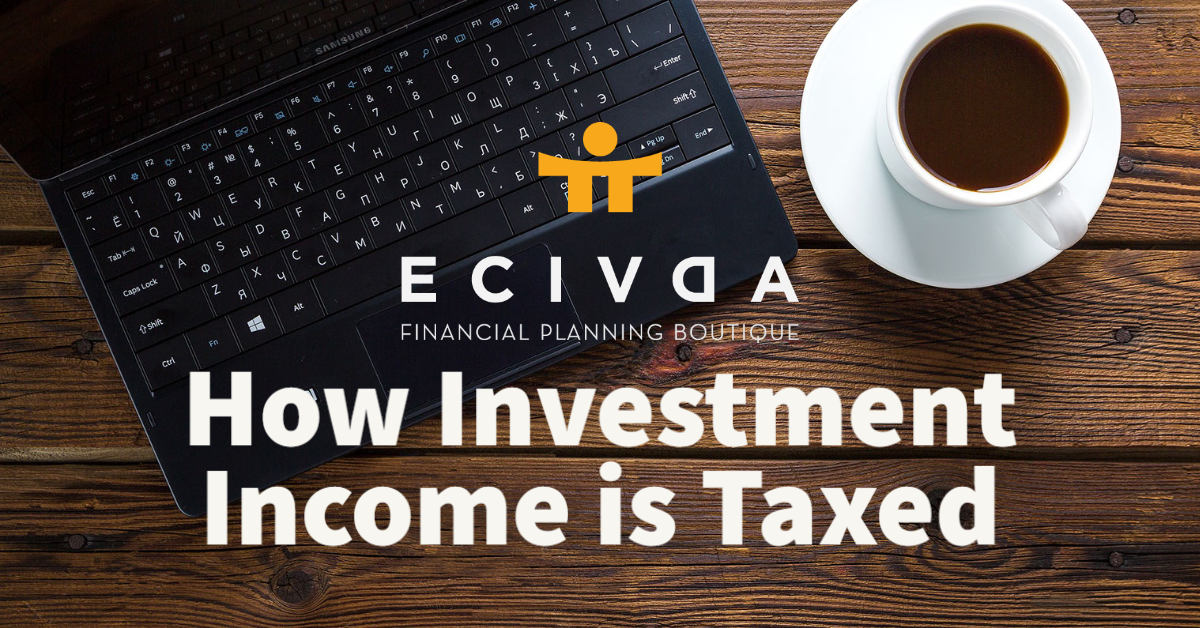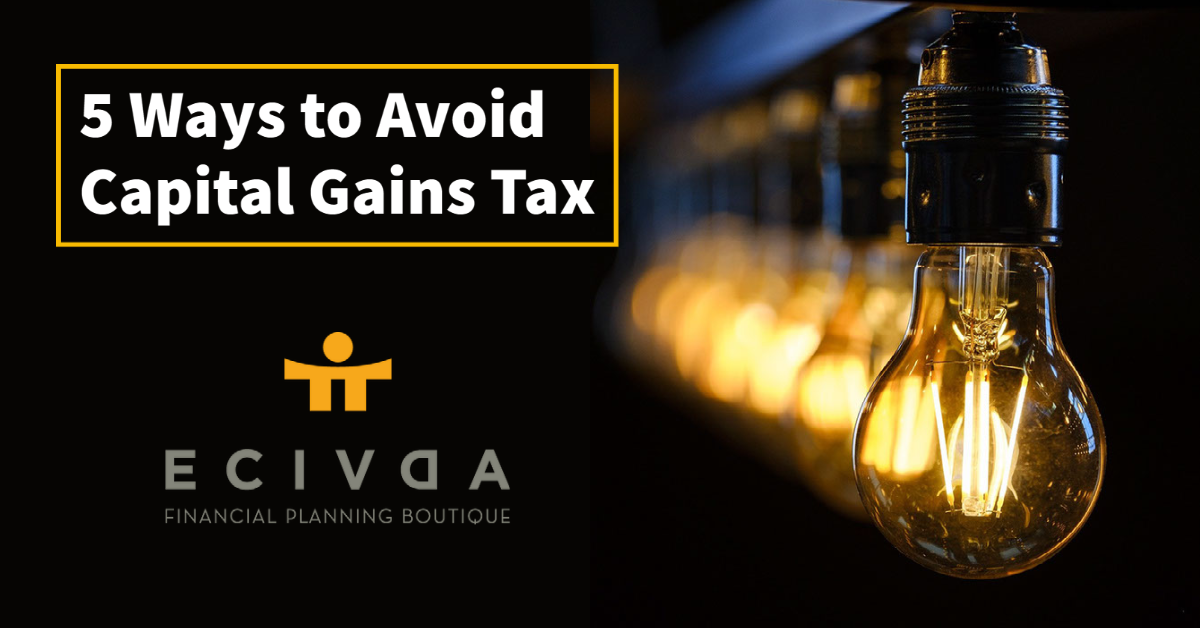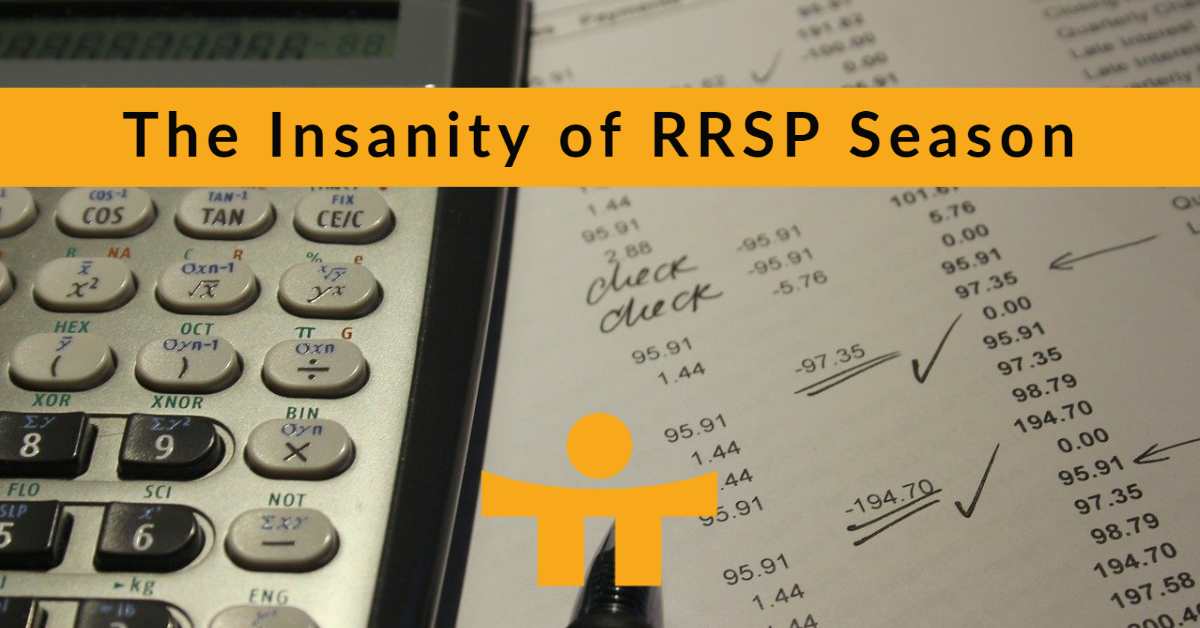RRSP: How much to deposit?
By: Louai Bibi, Advisor Associate
Tax time is approaching quickly, which leaves many of us scrambling between now & the RRSP deadline of March 1st to figure out how to minimize our taxes owing for 2022. The objective of this blog is to equip you with the ammunition required to make an informed decision as to how much you may want to contribute.
A quick reminder as to how the RRSP works:
- The amount you are allowed to put in per year is based on your earned income for the year. You accrue 18% of your salary in the form of deduction room, up to a CRA prescribed dollar maximum which sits at roughly $30,000 for 2023.
- Unused contribution room carries forward. This means that if you haven’t made lots of contributions over the years, the deduction room that you earned in each of those calendar years would accrue with leave you with a healthy cumulative RRSP deduction limit for you to use as needed. Best place to check this limit is your MyCRA online account!
- As you read in the first sentence of this blog, the RRSP deadline for 2022 is on March 1st. This means that if you wanted to make a deposit in 2022 and were slammed with all the holiday festivities leading up to 2023, you are not out of luck!
- The amount you contribute (up to your respective limit) gets deducted from your taxable income. For example, if you made $70,000 in 2022 but made a $20,000 RRSP contribution, the CRA treats you as if you’ve made $50,000 at tax time.
So, in this example, someone earning $70,000 in salary should be paying close to $13,000 in federal/provincial taxes if you live in Ontario. Since our employers withhold taxes on our paycheque, let’s assume they have only withheld $10,000 for all of 2022. This results in a tax bill of almost $3,000 at tax time, which represents the difference between what should be paid versus what was paid over the course of the year. Assuming this person contributed $20,000 to their RRSP & deducted this from their taxable income in 2022, a tax refund of roughly $3,000 is created.
We have a graduated tax system in Canada. This means that the more you make, the higher your tax rate can be. So, since your employer has been withholding taxes as if you made $70,000 but the CRA taxes you as if you made $50,000, you are refunded your over-payment.
I’ve attached a great calculator that Wealthsimple has put together that helps you estimate your tax liability in advance. All you have to do is choose your province & fill in the respective prompts to get your estimate, which you can generally get the answers to from a year-end earnings statement if you have a straightforward tax situation. Click HERE to view this calculator.
Our standard disclaimer would be to discuss a potential RRSP contribution with your advisory team, in conjunction with your tax advisor. The tax calculator I’ve shared offers a great estimate, but sometimes there are implications or considerations that are not visible to the naked eye that need to be discussed before making your contribution. The intention with this calculator is for a curious individual to be able to plug in their details & model a few RRSP contributions (within their allowable limit), so that they can be prepared for a discussion with their advisory team! As always, Shawn, Corey, Mike & I are happy to be service & you can click HERE to book yourself into our calendar to discuss this further.
Happy RRSP season!




